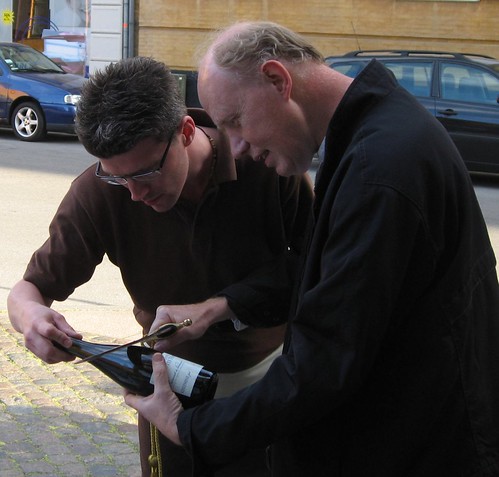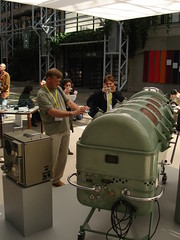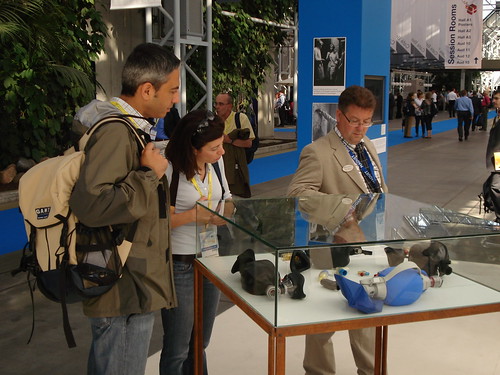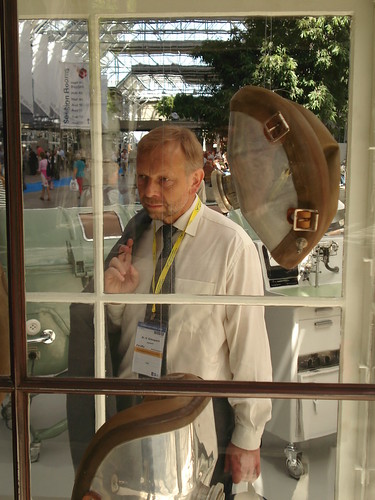Yesterday, we had a whole-day meeting with our new advisory board, appointed by the Dean of the Faculty of Health Sciences for a three-year period. After a short resumé of our Annual Report for 2007 (which will be on-line soon) the ten Board members engaged in a very lively discussion about our work — from research and teaching to acquisitions and temporary exhibitions. Lots of constructive feedback! In the afternoon we proceeded with the future plans, some of which will later also be presented on this blog.
It’s pretty exhausting to be scrutinised for six hours by a group of ten highly qualified research scholars and museum directors. But it is also an extremely useful exercise. First, the production of a detailed annual report has given us a unique chance to pause for a moment and recapitulate our activities. Second, it’s great to hear a group of experienced people evaluate your work (especially when they are mainly positive :-). And third, the discussion around the table generated a lot of insights which we wouldn’t have been able to produce on our own. In fact, several members of the Board thought that, in the course of the day, the meeting developed from an evaluation event into a mutually inspiring seminar.
The aims of the Board are:
- to evaluate Medical Museion’s activities, i.e., research, teaching, collection management, acquisitions, exhibitions, and other public outreach initiatives, in the preceeding year
- to evaluate the present and possible future status of Medical Museion in relation to the long-term strategy for the University of Copenhagen and the development of similar institutions internationally
- to discuss Medical Museion’s vision for the forthcoming years and provide inspiration for long-term planning
- to advice the Director of Medical Museion with respect to the realisation of these plans.
- to advice the Dean of the Faculty of Health Sciences with respect to the overall future development of Medical Museion.
The members of the Board are: Gert Almind, Director of the Novo Nordisk Foundation (chair); Ken Arnold, Head of Public Programmes at the Wellcome Trust, London; Bodil Busk Laursen, Director of the Danish Museum of Art & Design, Copenhagen (vice-chair); Liselotte Højgaard, Head of the Department of Clinical Physiology and Nuclear Medicine & PET and Cyclotron Unit, Danish National Hospital, Copenhagen; Svante Lindqvist, Director of Nobel Museum, Stockholm; Sharon MacDonald, Professor at the Department of Social Anthropology, University of Manchester; Robert Martensen, Director of the Office of NIH History, National Institutes of Health, Bethesda, Md.; John Pickstone, Wellcome Research Professor at the Centre for History of Science, Technology and Medicine, University of Manchester; Thomas Schnalke, Director of Berliner Medizinhistorisches Museum der Charité, Berlin; and Cornelia Weber, General Manager of the Hermann von Helmholtz-Zentrum für Kulturtechnik, Humboldt Universität, Berlin.
And we were: Bente, Camilla, Søren, Ion and myself.

Ken Arnold is instructed in the art of sword-opening a Cremant bottle right before the Board dinner on Sunday 25 May.











